Every marine engineer better knows how serious crankshaft damage can be. It can even stop the engine, delay schedules, and ultimately lead to heavy repair costs. Traditionally, fixing it actually meant removing the crankshaft and transporting it to a workshop, which used to take several weeks to be resolved.
However, In-situ crankshaft grinding solves this issue by allowing repairs to be done on the ship. It saves a lot of time, reduces expenses, and get the vessel back in operation much faster. Let’s explore why this method is becoming the preferred choice for marine engine maintenance today.
1. Significant Cost Savings on Downtime and Logistics
In-situ crankshaft grinding allows repairs to be done directly onboard, and eliminates the requirement for engine removal and transportation. Now, this approach drastically reduces operational costs and ensures minimal downtime.
Benefits include:
- Avoids crane and heavy-lift equipment costs
- Eliminates port docking and transport fees
- Reduces labor for disassembly and reassembly
For example, a 9-cylinder MAN engine required onboard achieved around 40% marine cost savings, and demonstrated how onboard crankshaft repair actually delivers both efficiency and measurable financial benefits.
2. Unmatched Time Efficiency and Faster Vessel Return-to-Service
With in-situ crankshaft grinding, repair teams can start work immediately on the installed engine. Using portable grinding machines and talented technicians, the process is completed in 48-72 hours and keeps vessels operational and scheduled intact.
This fast, on-site method allows fleets to prevent lengthy downtime and ensure repairs are precise and effective and make it far more efficient than conventional workshop-based repaired.
3. Elimination of Major Disassembly Risks and Engine Damage
Performing in-situ crankshaft grinding directly on the installed engine always safeguards from several risks associated with full disassembly, such as misalignment or even accidental damage to precision components.
Precision alignment tools, vibration analysis, along with expert technicians ensure that the crankshaft is restored to OEM tolerance, and maintain perfect engine balance. Now, this method is safer, more controlled, and delivers reliable, high-quality results without even unnecessary engine disruption.
4. Proven, Precision Results That Meet OEM Standards
Furthermore, in-situ crankshaft grinding ensures crankshaft are restored with the exact precision, meeting, or even exceeding OEM standards. Key benefits include:
- Accurate surface finish and geometry: Restore crankshaft journals to perfect specifications.
- Verified hardness and alignment: Maintains engine balance and performance.
- Non-destructive testing (NDT): Ultrasonic or magnetic particle inspections confirm the repair quality.
- Certified documentation: Supports marine audits and insurance compliance.
This method ensures reliable, long-lasting performance, and make onboard repairs as reliable as workshop-level overhauls.
5. Enhanced Safety and Reduced Manpower Requirements
Performing the repair process directly on-site also reduces risks and manpower needs. In-situ crankshaft grinding perfectly improves safety and ensures efficient maintenance. Key advantages include:
- Fewer workers required: Limits exposure to lifting and alignment hazards
- Minimal vibration: Portable grinding machines ensure safer operations
- Controlled maintenance environment: Cleaner, safer, and faster repair process
- Reliable engine performance: Reduces human error and post-repair complications
Marine engineers benefit from a safer, faster, and even more controlled process, keeping vessels completely operational on tight schedules.
Bonus Insight: When Should You Opt for In-Situ Crankshaft Grinding?
Marine engines operate under extreme conditions, and early detection of crankshaft issues is critical to avoid costly downtime. In-situ crankshaft grinding is most effective when problems are identified before they escalate. Key signs indicating the need for onboard repair include:
Marine engines always operate under extreme conditions, and it’s really important to identify issues early to avoid costly downtime. In-situ grinding is most effective way when problems are identified before even they escalate. Key signs indicating the needs for the u
- Journal surface scoring or wear: Visible grooves or roughness on crankshaft journals can compromise engine efficiency.
- Oil film failure: Reduced lubrication or oil breakdown can lead to metal-to-metal contact, increasing wear.
- High vibration readings: Unusual engine vibrations may indicate misalignment or crankshaft imbalance.
- Abnormal bearing temperature: Overheating bearings signal friction issues that require immediate attention.
Inspection guidance: Regularly monitor engine performance, conduct vibration analysis, and check oil condition during scheduled maintenance. Early detection allows marine engineers to plan onboard crankshaft repair before severe damage occurs.
For best results, always contact a certified in-situ crankshaft grinding service provider. Professional technicians ensure repairs meet OEM standards, restore engine precision, and maintain reliable marine operations.
Conclusion
Because it provides quicker, safer, and more accurate repairs right on board, in-situ crankshaft grinding has changed marine engine maintenance. It restores crankshafts to OEM specifications, reduces downtime, lowers operating expenses, and removes the risks involved with complete disassembly.
A regulated, effective procedure that reduces labor and safety risks while improving fleet dependability benefits marine engineers. Major engine failures can be avoided by detecting wear, vibrations, or bearing problems early on. A certified service provider such as MPA Power Project provides consistent, high-quality onboard crankshaft repair for vessels looking to optimize operational efficiency and safety.




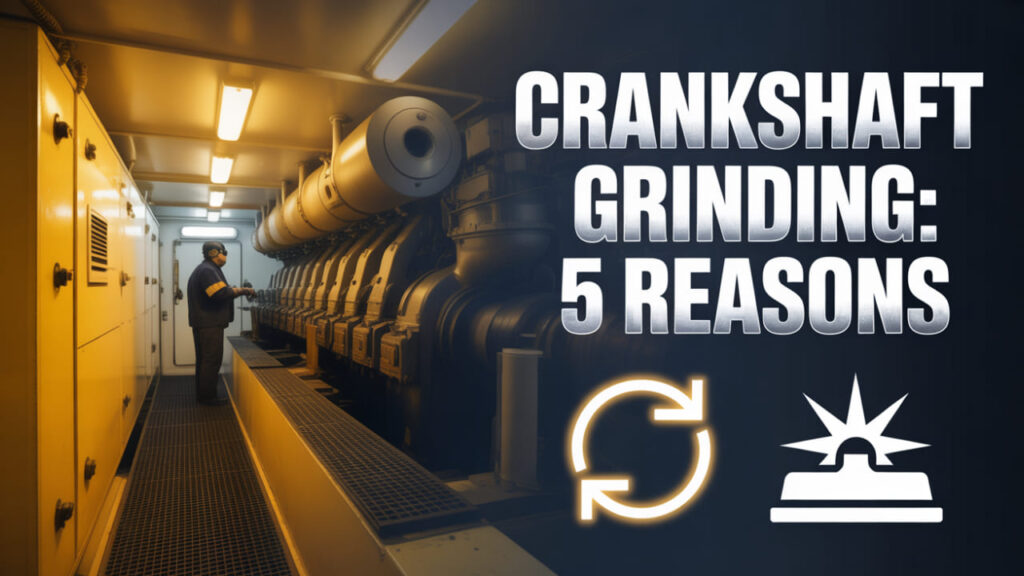
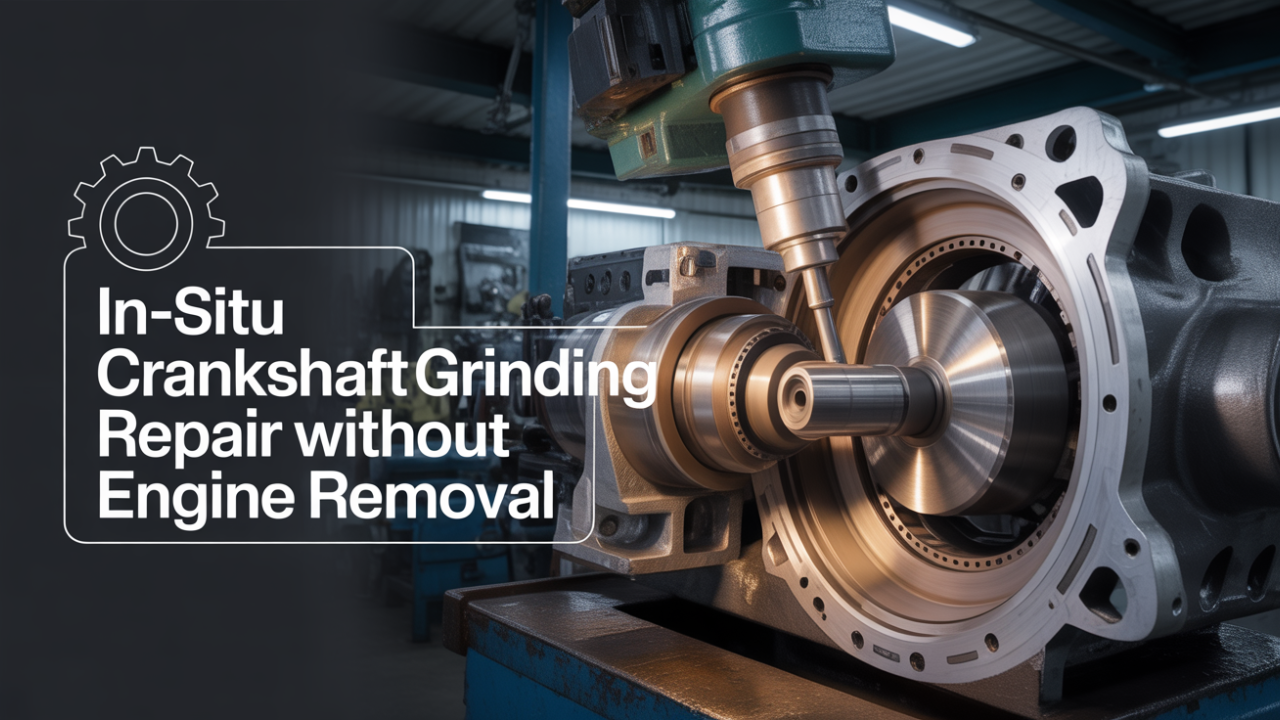
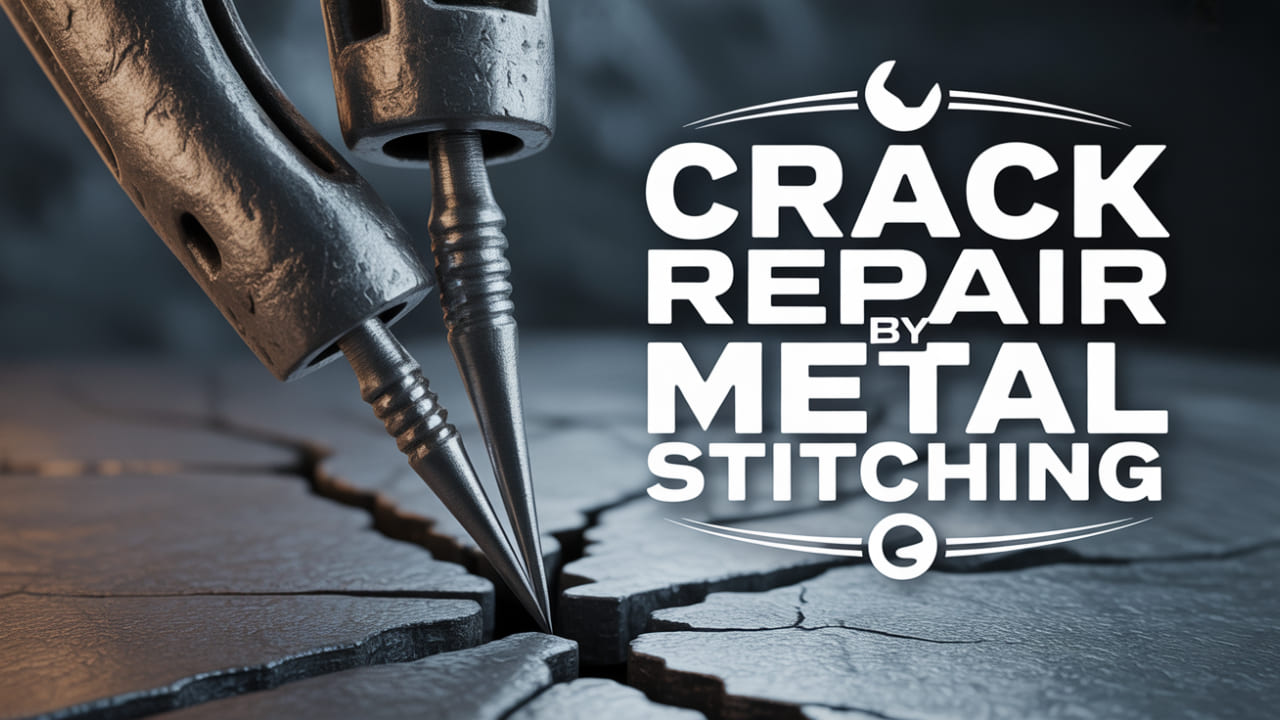
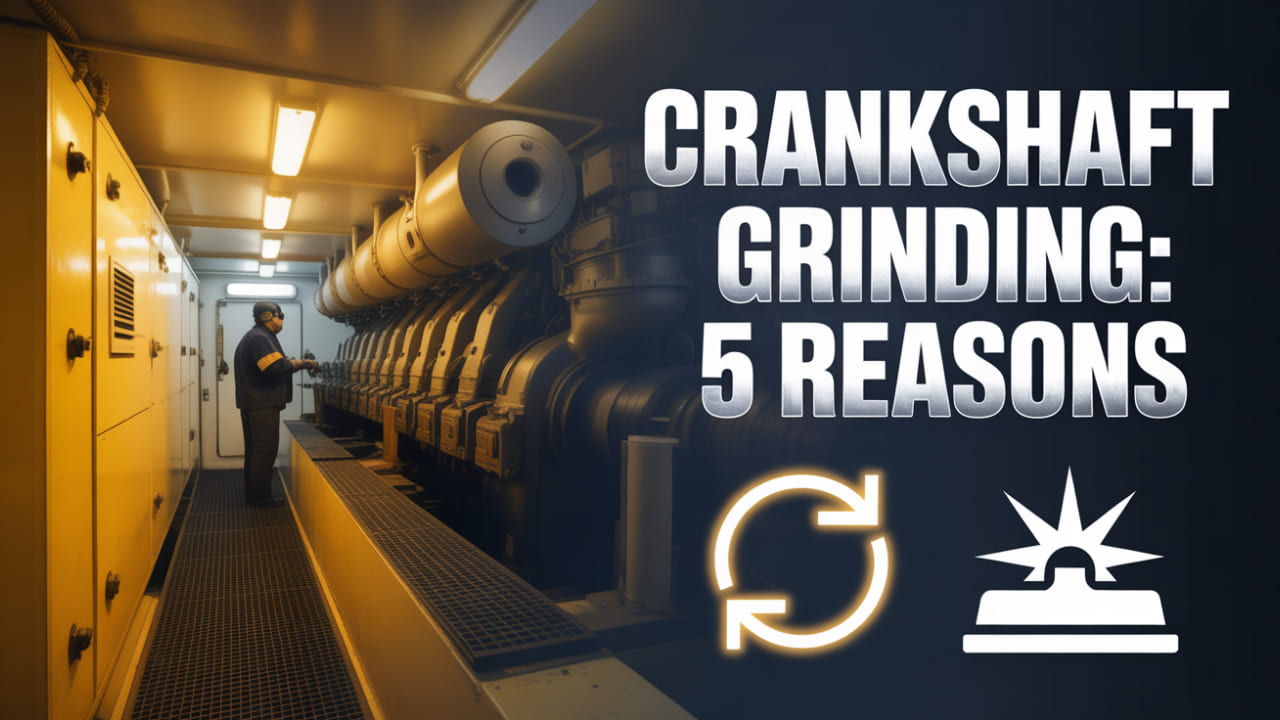
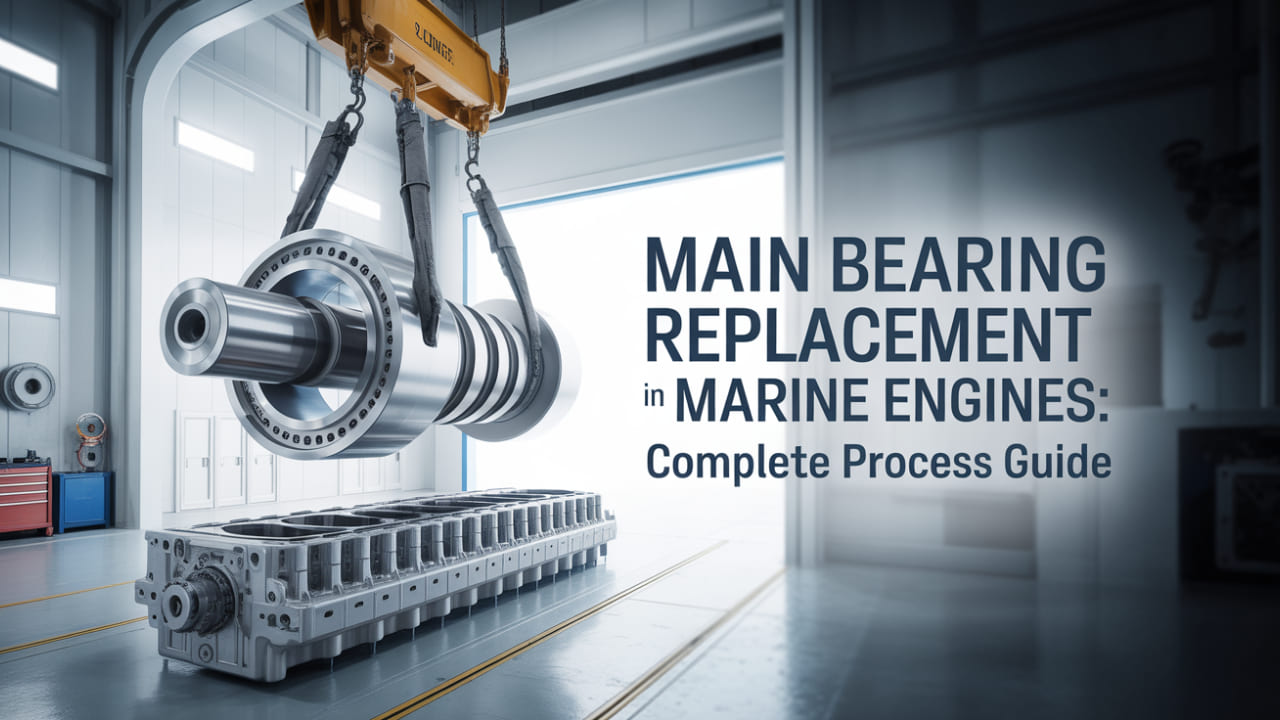
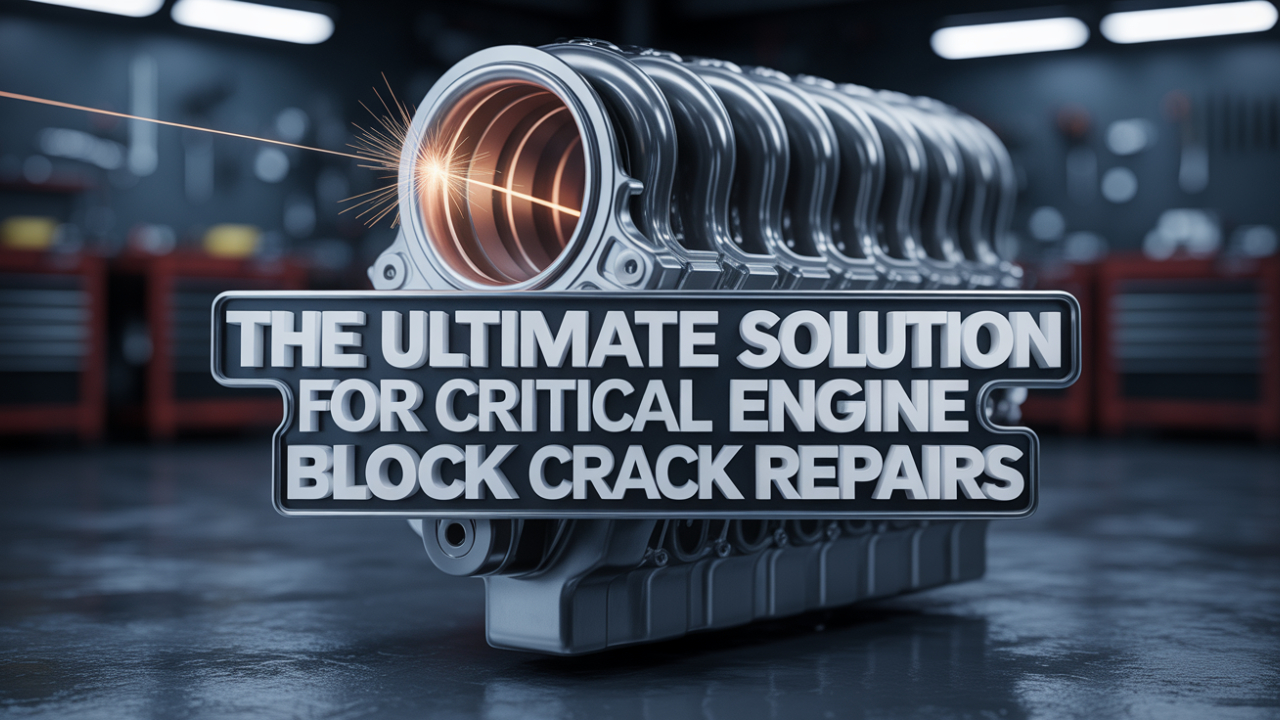
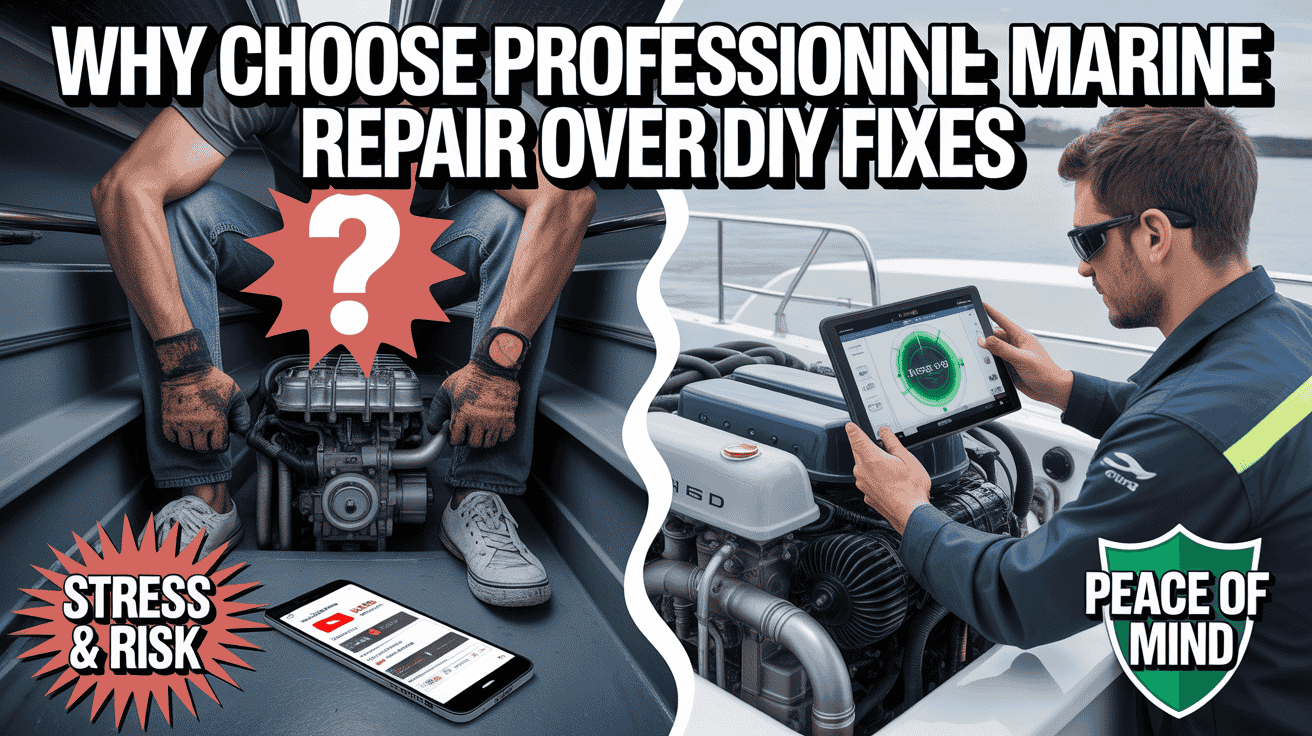
No Comments